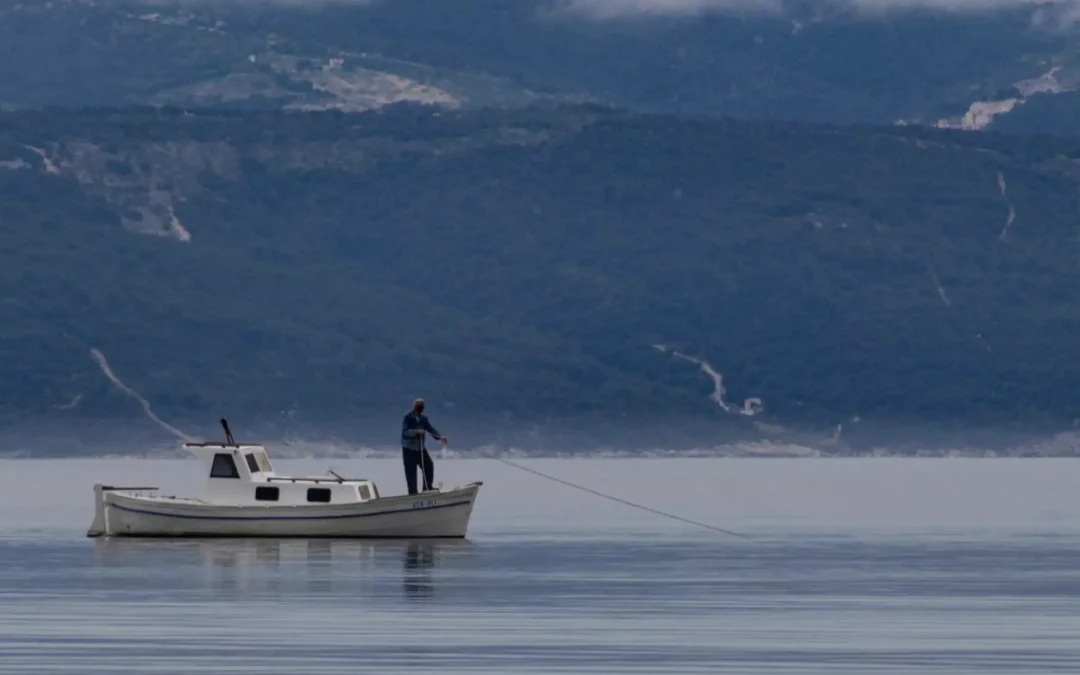
by Barani Chettiar | Dec 26, 2023 | Uncategorized
Whether you’re fishing from a boat or a fishing charter, one crucial factor can significantly influence your catch – the weather. Understanding the perfect weather conditions for fishing can potentially give you higher chances of gaining an abundant catch. With this, we give you all you need to know about the various weather elements that can impact how and where you fish.
Barometric Pressure
Barometric pressure, often referred to as atmospheric pressure, plays a substantial role in the behaviour of fish. A drop in barometric pressure, usually associated with an approaching storm, can trigger increased fish activity. Fish tend to move to shallower waters and feed more vigorously during these periods. Conversely, high barometric pressure can make fish less active and harder to catch. Keeping an eye on barometric pressure changes can help you plan your fishing trips for optimal success.
Wind Speed
Wind speed and direction are critical factors that affect where fish are located. Gentle breezes can create ripples on the water’s surface, making fish feel more secure and willing to venture into shallower areas. However, strong winds can create choppy conditions and make fishing challenging. Understanding how wind patterns in your fishing area can help you determine the best spots to cast your line.
Sunlight
Sunlight can have a significant impact on fish behaviour. Many species of fish are more active during low-light conditions, such as early morning and late evening. They tend to move to deeper waters when the sun is high in the sky, making them harder to catch. To increase your chances of a successful catch, plan your fishing trips during dawn or dusk, or seek out shaded areas and underwater structures where fish may seek refuge from the sun’s rays.
Rainfall
Rainfall can be a double-edged sword for anglers. Light rain can stimulate fish activity, as it creates ripples on the water’s surface and can wash insects and other food sources into the water. However, heavy rainfall can muddy the water and dilute natural bait, making it harder for fish to locate your lure. When fishing in the rain, adapt your tactics accordingly and consider using bright and noisy lures to attract fish in cloudy water.
Sudden Changes in Weather
Sudden weather changes, such as a fast-moving front or a thunderstorm, can have a dramatic impact on fishing. Fish often become more active just before a storm front arrives, making it an excellent time to cast your line. However, once the storm hits, it’s crucial to prioritise safety and seek shelter until it passes. Sudden shifts in wind direction and intensity can also influence fish behaviour, so be prepared to adapt your fishing strategy accordingly.

Fishing Tides
Tides are a fundamental aspect of coastal and tidal fishing, and being knowledgeable in their patterns is essential for catching fish successfully. The rising and falling of tides create dynamic changes in the underwater environment, influencing fish movement and feeding behaviour. During high tides, fish often move closer to shorelines and into shallow areas to feed, presenting excellent opportunities for casting your bait or net from the shore or inshore boats. Conversely, low tides may concentrate fish in deeper channels and around underwater structures. Recognising the local tide schedule and how it correlates with your target species’ feeding habits can significantly enhance your fishing experience.
Trust Tecomart Equipment to Help You on Your Fishing Trips
Knowing how weather conditions affect fishing can significantly improve your chances of a successful outing. By paying attention to the different factors that affect your fishing conditions, you can make informed decisions about when and where to fish.
Should you need equipment to help you in your fishing endeavours, Tecomart offers a range of marine navigation equipment, including echo sounders and radio buoys, to enhance your fishing experience. With the right knowledge and equipment, you can make every fishing trip a memorable and rewarding one.
If you want more insight into marine navigation equipment for fishing, check out our guide on how to choose a fishfinder and why you should have GPS navigation with you.
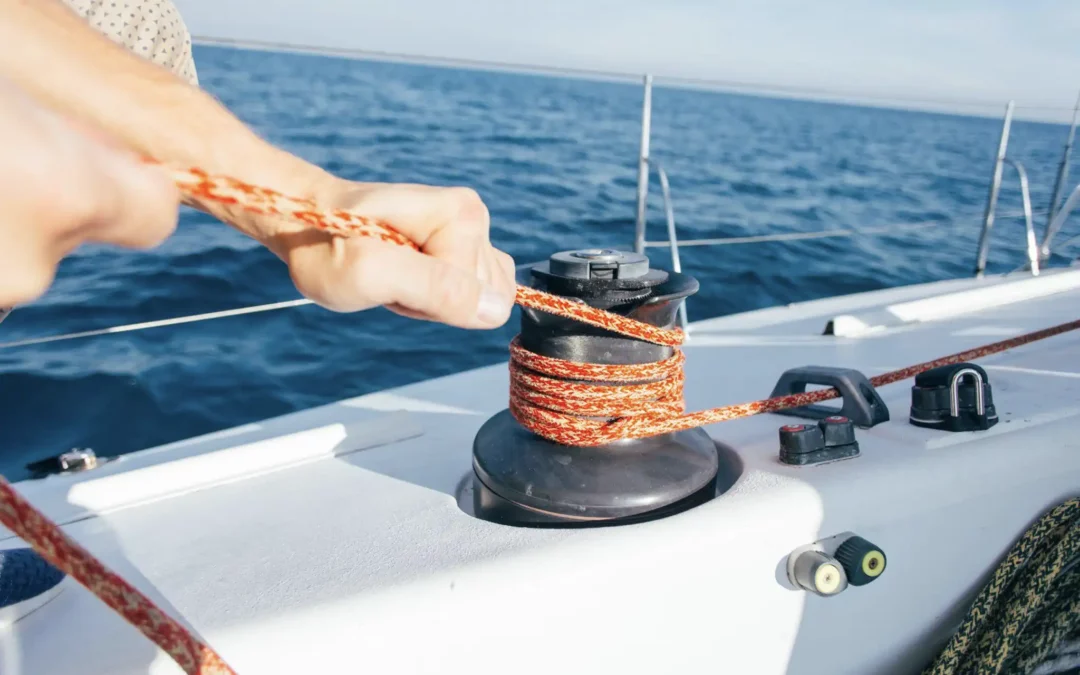
by Barani Chettiar | Dec 26, 2023 | Uncategorized
As sailors, there’s a significant responsibility for safeguarding marine life and ensuring other sailors’ safety. This entails embracing the principles of proper sailing etiquette, which serve as the cornerstone of maritime safety and environmental preservation. With this, we give you a comprehensive overview of the key principles you need to know for a safe and eco-conscious sailing experience.
Before Departure
Ensuring a safe sailing experience starts before your departure into the sea. Here’s what you should know before you set sail into the vast waters.
Preparing Your Sail Ship
Your sail ship is your trusted companion on the open water; its condition is paramount to a safe voyage. Regularly scheduled maintenance checks to inspect and maintain your sail ship. Ensure that the hull, rigging, sails, and all essential equipment are in optimal condition. Additionally, you should check if your navigation and radio communication equipment are working properly.
Weather Awareness
Understanding and monitoring weather patterns is vital for a safe and successful sailing trip. Unpredictable weather conditions can pose significant risks, making weather awareness a top priority.
Stay informed about the current weather conditions in your sailing area. Regularly check weather reports and updates before departure to assess whether it’s safe to sail.
However, even with careful planning, unexpected weather changes can occur. Be prepared to respond to adverse conditions with appropriate safety measures and adapt your sailing strategy. Ensure your sail ship is equipped with safety equipment and navigation aids to assist you in navigating safely through challenging weather. For further reading, you can check out our marine safety tips during rough sea conditions.
On the Water
Once you’ve prepared your sail ship and set out on your sea voyage, you must consider not only your personal safety but also the well-being of other sailors and marine life below.
Right of Way
Respecting the right of way is a fundamental principle of sea safety. For example, if a vessel aims to cross your path, the starboard boat (the boat on the right side) has the right of way. Should you come across a vessel without motor power, then they have the right of way. Understanding and adhering to the international rules of navigation helps prevent collisions and ensures a smooth and harmonious sailing experience for all seafarers.
Be Alert and Communicative
Maintaining a vigilant watch is essential when sailing. Keep a lookout for other vessels in your vicinity, and be prepared to adjust your course or speed if necessary to avoid collisions. Communication is key; use lights, sound signals, and radio communication to convey your intentions and understand those of fellow sailors.
Avoiding Pollution
Protecting the marine environment is a collective responsibility for all seafarers. Therefore, when sailing on the vast waters, properly dispose of waste. Ensure that waste materials, including garbage and sewage, are disposed of per maritime regulations and utilise the waste disposal facilities provided by marinas and harbours to prevent sea contamination. Additionally, exercise utmost care when handling chemicals and fuel to prevent accidental spills.
Anchoring and Docking
Should you plan to pause or conclude your voyage at sea, you should follow proper anchoring and docking practices.
Anchoring Systems and Procedures
Proper anchoring is paramount for the safety and stability of your sail ship and the well-being of those around you. To ensure you anchor effectively and responsibly, it’s essential to thoroughly understand anchoring systems and procedures. Anchoring involves more than just dropping an anchor; it includes selecting an appropriate location, assessing the seabed, and employing the right techniques for securing your vessel. Different vessels may require different anchoring systems, and understanding your ship’s needs is crucial.
Docking Boats
When approaching the harbour, displaying courtesy and consideration for others is paramount. Following designated docking procedures and maintaining a safe distance from other vessels are essential practices that enhance safety and promote a harmonious docking experience. Effective communication with other sailors and harbour authorities is key when docking boats.

How Tecomart Can Help You Adhere to Proper Sailing Etiquette
Sailing etiquette is not just a set of rules but a way of showing respect for marine life and your fellow seafarers. To further promote adherence to sailing etiquette, consider Tecomart’s marine communication equipment. Our cutting-edge solutions empower sailors to communicate effectively and responsibly while at sea, enhancing safety and camaraderie among the seafaring community. Find a wide range of marine communication equipment at Tecomart, such as handheld marine VHF, GMDSS, and AIS transponders.
For more tips on safety at sea, check out our essential lifeboat equipment checklist.
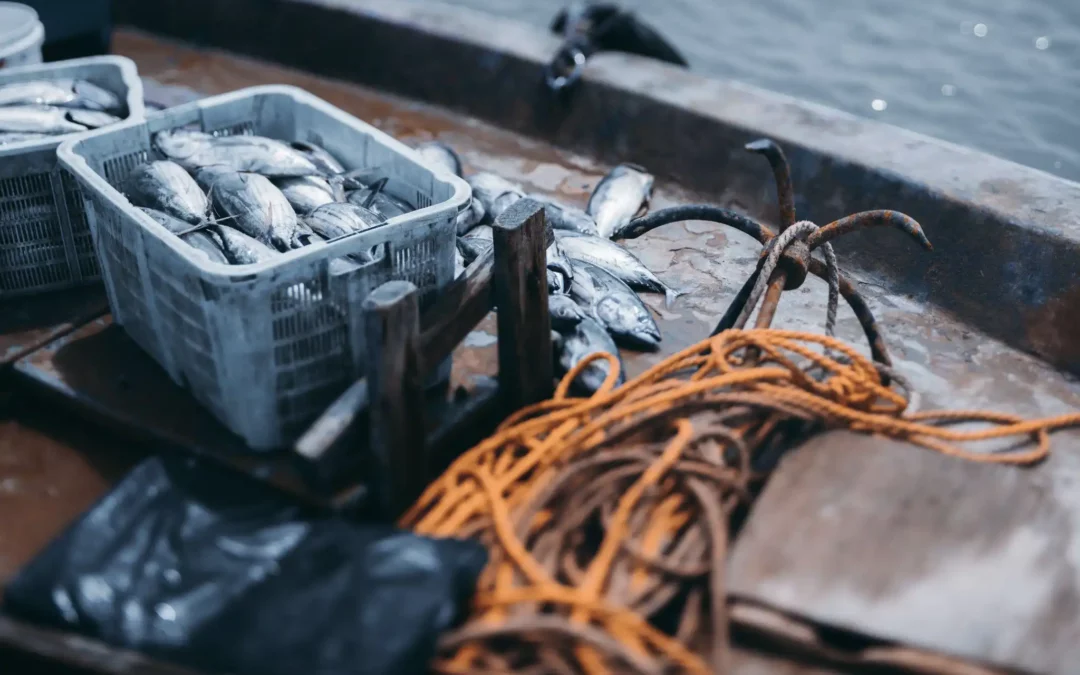
by Barani Chettiar | Nov 29, 2023 | Uncategorized
Fishing has long been a source of income and a recreational activity across many generations and cultures. However, as the practice continues across generations, it’s our collective endeavour to ensure the preservation of marine life and its ecosystem. As such, this serves as a guide for anglers to provide insights into sustainable fishing and responsible marine resource utilisation, thereby safeguarding our oceans for future generations.
What Is Sustainable Fishing?
Sustainable fishing represents a conscientious approach to harvesting fish that prioritises the preservation of both aquatic species and the marine environment. This practice aims to maintain a harmonious equilibrium between the pursuit of our angling passion and the safeguarding of our oceans for future generations.
It involves adopting strategies and methods that minimise negative impacts on marine ecosystems while promoting the responsible utilisation of aquatic resources. By adhering to sustainable fishing principles, anglers contribute to the enduring vitality and diversity of marine life while ensuring the enjoyment of their favourite pastime for years to come.
How to Practise Sustainable Fishing
Ensuring sustainable fishing practices is essential to minimise the negative impact on marine life and maintain the health of our aquatic ecosystems. Below are some crucial strategies to help anglers catch fish sustainably while preserving the aquatic environment.
1. Reduce Bycatch
Mitigating the unintentional capture of non-target species, known as bycatch, is a pivotal responsibility for anglers who want to practise sustainable fishing. Selective fishing methods play a crucial role in this endeavour.
One way to minimise bycatch is for anglers to consider adopting circle hooks, designed to reduce the likelihood of hooking non-target species. Another way is for fishermen to create nets that fit the size of target catches while allowing juveniles or smaller fish species to escape. Moreover, adapting the bait presentation to target desired fish species can also limit bycatches.
2. Prevent Ocean Waste from Plastic Netting
The pressing issue of plastic waste, particularly in the form of discarded netting, presents a significant and urgent challenge to our marine environments. Fishermen can proactively contribute to addressing this environmental concern by embracing sustainable practices. This includes transitioning to fishing nets crafted from biodegradable materials or opting for fish traps strategically positioned to target fish near the water’s surface.
3. Use Lead-Free Fishing Gear
Lead fishing weights can have devastating consequences when ingested by aquatic organisms. To safeguard our waters from lead contamination and protect marine life, anglers are encouraged to embrace lead-free alternatives, such as tungsten or steel weights. This choice not only shields aquatic species from harm but also fosters a healthier and more sustainable aquatic environment where the delicate balance of life beneath the waves can thrive.
4. Reduce the Use of Fossil Fuel
Sustainable fishing extends beyond the water’s surface. Minimising your carbon footprint during fishing expeditions is crucial for environmental conservation. Choose marine navigation equipment that can help you be more efficient while fishing at sea. These technologies reduce the need for excessive fossil fuel consumption, aligning your fishing activities. By reducing your impact on the environment, you contribute to the long-term sustainability of our marine ecosystems.
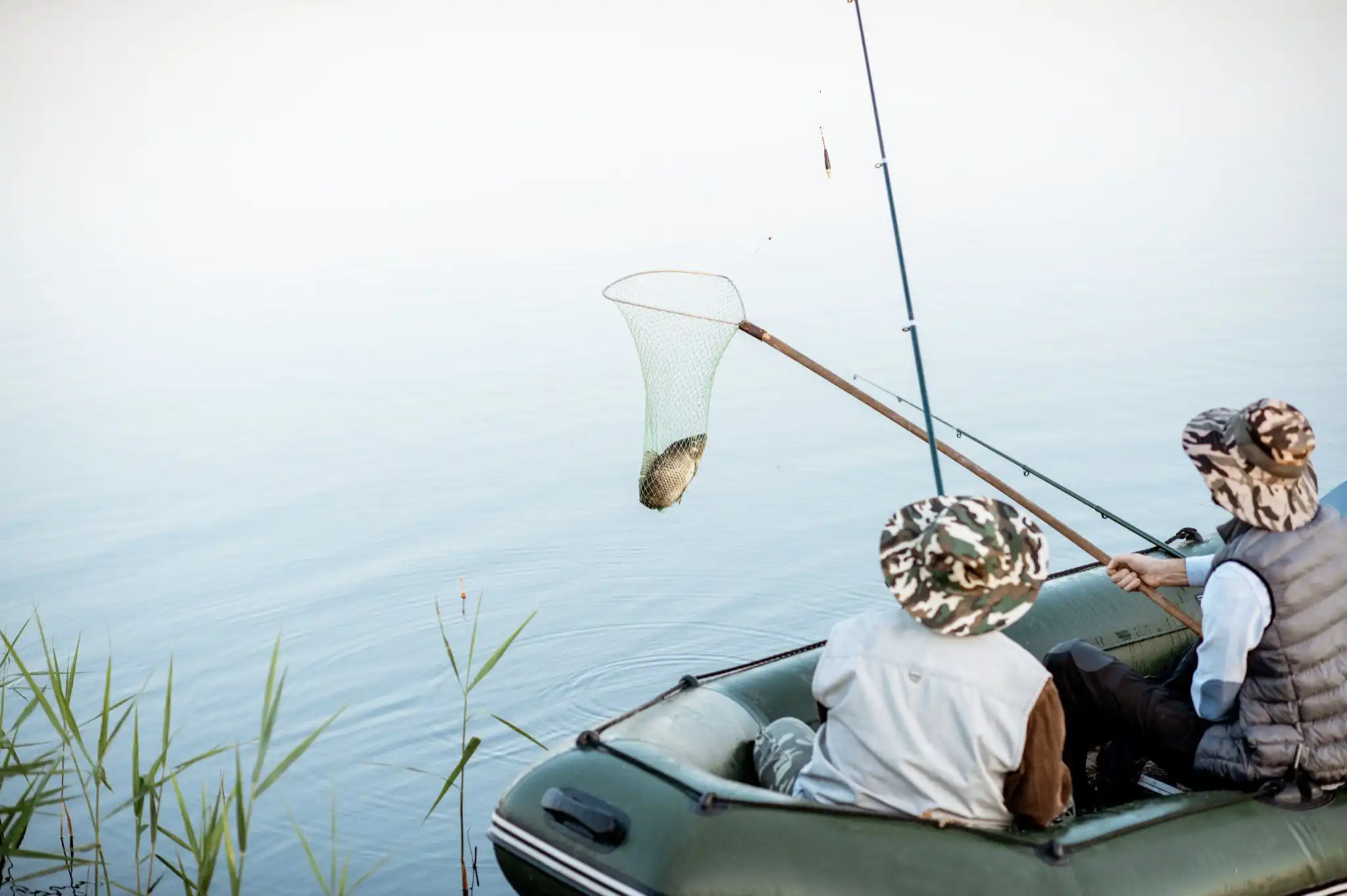
For Marine Navigation Equipment, Trust Tecomart
When it comes to marine equipment that helps in sustainable fishing practices, Tecomart is a trusted ally for anglers and fishermen alike. Our dedication goes beyond supplying high-quality marine navigation and communication equipment for fishing vessels to elevate the fishing experience – it also encompasses a commitment to minimise their ecological footprint.
Tecomart offers a comprehensive range of marine navigation tools, including fish finders and marine radars, that help enhance efficiency during your sea-bound excursions. These cutting-edge technologies not only empower you with precise navigation but also play a pivotal role in reducing your reliance on fossil fuels.
By trusting us with your marine navigation equipment, you actively contribute to the preservation of our oceans and marine ecosystems while enjoying the utmost efficiency and sustainability in your fishing pursuits.
For more seafaring insights, you can check out our safety guide for sailing at night.
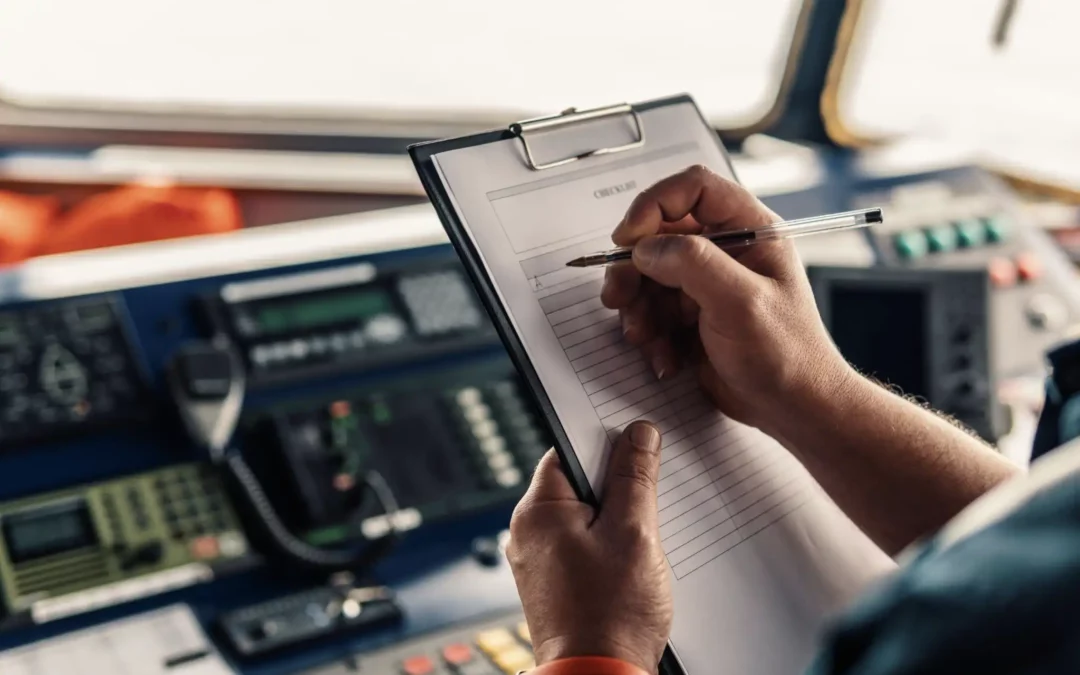
by Barani Chettiar | Oct 26, 2023 | Uncategorized
Navigating the vast expanse of the world’s oceans is both an art and a science. For years, seafarers have been entrusted with guiding ships safely through unpredictable waters. Today, with the evolution of technology, marine navigation systems have become sophisticated, yet the importance of a human touch – the ship navigator – remains paramount.
The Role and Responsibilities of a Ship Navigator
Being a ship navigator means overseeing a vessel’s safe and efficient operation during your watch. Duties include navigating the ship, coordinating with crew members, and monitoring navigational systems. You must have the expertise to calculate the ship’s position, speed, and estimated arrival time using various instruments and charts. The role requires you to constantly communicate with the crew, other vessels, and maritime authorities to ensure safe traffic flow.
Critical tasks like collision avoidance, weather monitoring, and compliance with maritime regulations also fall under your purview. Furthermore, you must be able to make informed decisions, communicate effectively, and adapt to changing conditions, which is crucial for ensuring the safety and success of the ship’s journey.
Best Practices When Taking Over Marine Navigational Watch
Here are some of the crucial practices you must observe when you are on navigational watch for a safe voyage.
1. Consider the Ship’s Position, Speed, and Course
Before anything else, familiarise yourself with the ship’s current position, speed, and intended course. Knowing the ship’s precise location is crucial for avoiding hazards and ensuring the vessel follows its planned route, minimising risks and ensuring efficient navigation. Moreover, managing the ship’s speed is essential for safety, fuel efficiency, and adhering to regulations. Monitoring these fundamentals is key to safe and successful maritime navigation.
2. Get Adequate Briefing from the Relieved Officer
Communication is vital at sea. A thorough briefing from the outgoing officer provides insights into possible challenges, weather conditions, and other vessel movements. This information offers a foresight to preemptively address issues that may arise during your watch.
3. Peruse Logbooks, Checklists, and Daily Orders
Logbooks provide a historical account of the ship’s journey and operations. Checklists offer a systematic approach to ensuring every task is completed. Daily orders, meanwhile, keep you updated on immediate priorities. Regularly consulting these resources ensures you’re always in the loop.
4. Confirm All Bridge Equipment is in Working Order
Nautical navigation equipment, such as the marine radar, plays a pivotal role in safe navigation. As such, you must proactively ensure that all navigational equipment works properly. Moreover, always ensure that there is a backup available for devices, like radars and sonars, in your navigational system so that you are prepared for contingencies.
5. Maintain a Weather Watch
Weather conditions can change rapidly at sea, and being aware of any upcoming storms or adverse weather patterns is crucial for safe navigation. Keep a constant eye on weather reports, monitor the barometer, and pay attention to any signals from the meteorological department. Prepare the ship and crew accordingly to avoid potential hazards. For further reading on navigating the waters during bad weather, go through a guide on marine safety during rough sea conditions.
6. Monitor Traffic and Obstructions
Vessel traffic can be dense in busy shipping lanes and ports. Continuously monitor the radar for nearby vessels and obstacles. Maintain proper communication with other ships through VHF radio or other designated channels to ensure safe passage and prevent collisions.
7. Stay Alert and Well-Rested
Maintaining vigilance during your watch is paramount. Avoid fatigue by getting adequate rest before your shift and taking short breaks to stay sharp. Being alert and focused ensures you can respond quickly to changing conditions or emergencies, ultimately contributing to the safety and success of the voyage.
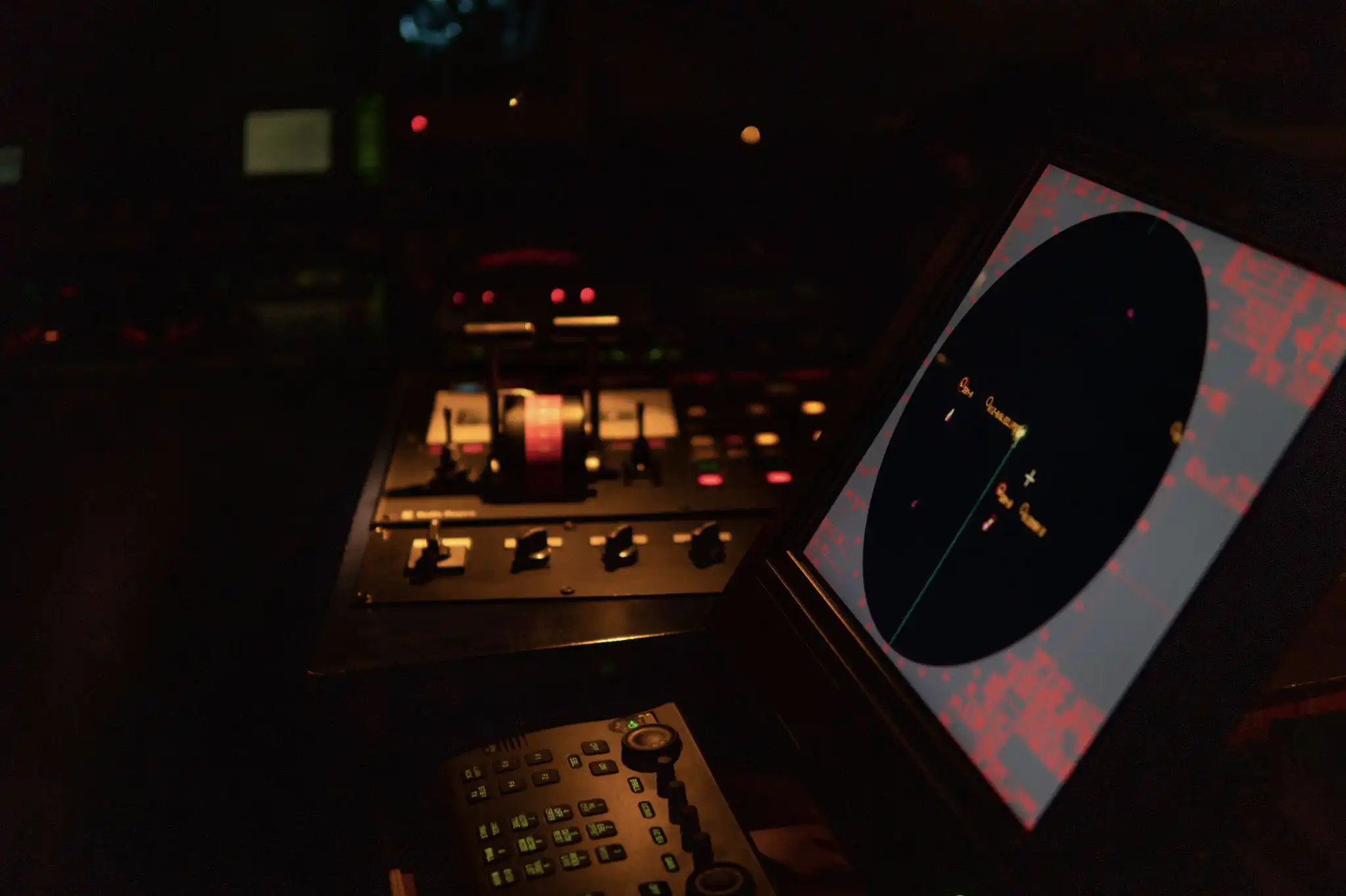
Embrace Modern Marine Navigation Systems When Sailing
The tools of the trade for a ship navigator have evolved. Modern marine navigation systems integrate state-of-the-art technology with traditional methods so that ship navigators have all the tools they need to sail through the sea safely. Relying on a trusted provider ensures seafarers and amateur boaters in Singapore get the best equipment for their marine navigational needs. As such, buy marine radar, GPS chart plotters, and other nautical navigation equipment from Tecomart today.
Amidst the vast ocean of marine navigation system providers, Tecomart stands out. With years of experience serving Singapore’s maritime community, you can guarantee that we only provide reliable and quality equipment from trusted manufacturers. Whether you want to upgrade or replace your obsolete device, we have everything you need for your sea voyage.
For more marine safety information, you can check out our guide on handling emergencies at sea and why GPS navigation is important at sea.
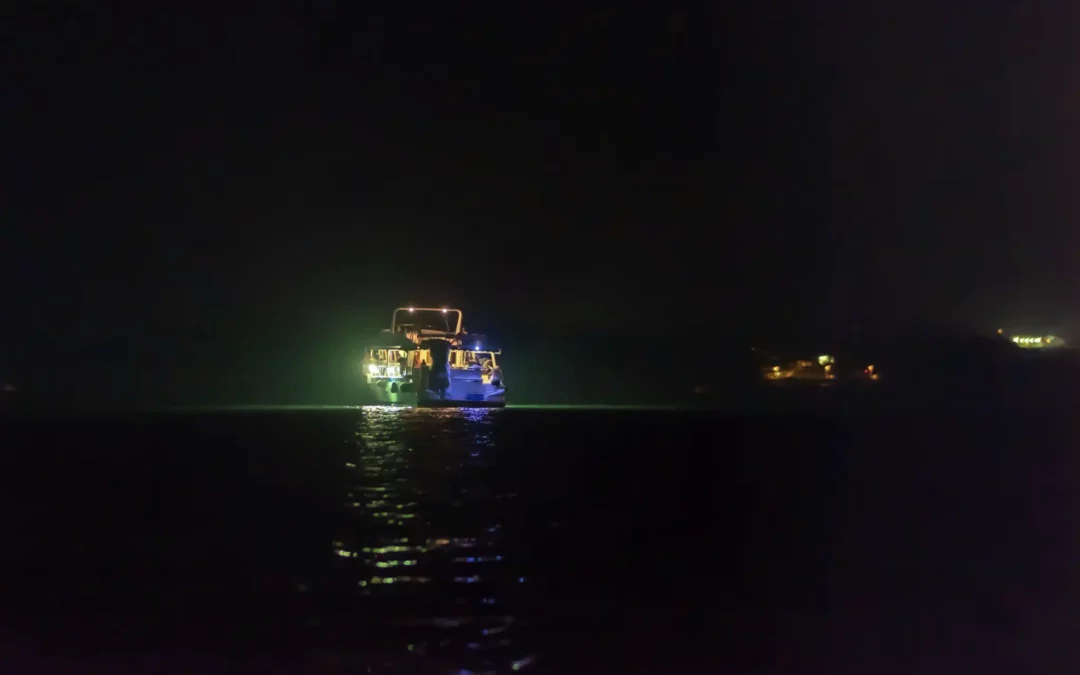
by Barani Chettiar | Sep 23, 2023 | Uncategorized
A Seafarer’s Essential Guide to Safe Sailing at Night
Sailing at night presents unique challenges for seafarers that require careful consideration. Many things will change on the water once the sun is out, which may make it difficult for navigation at sea. These include the waves becoming harder to judge and reflections in your boat’s windshield that can become confusing. Furthermore, when you sail close to cities or bridges, their lights may reduce your night vision. Therefore, before sailing for the first or second time, you must consider them.
Though experience is the best teacher for sailing, you can still benefit from guidelines on how to navigate your ship when it’s dark out. With this, we give you the essential tips on what you need to do when sailing at night:
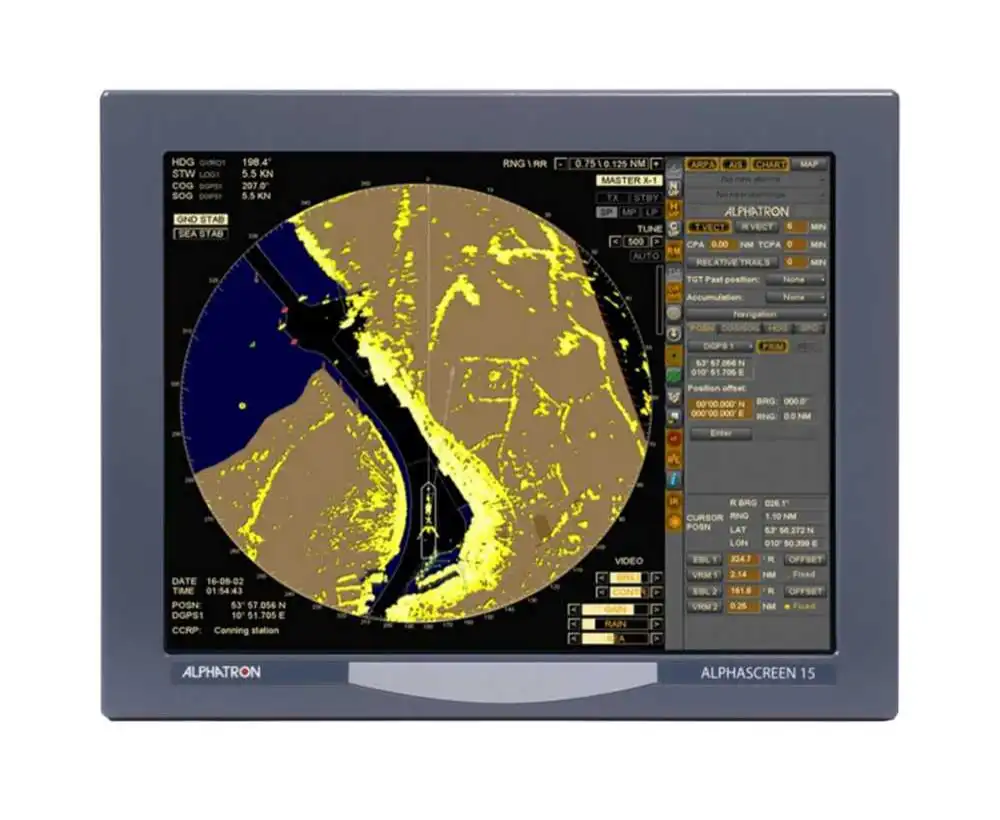
1. Prepare Night Navigational Aids
Preparing your vessel with the right marine navigation equipment is essential for day and night voyages. However, it’s significantly important for nighttime sea navigation as your vision is more limited compared to day voyages. The most crucial navigational aids on your vessel include a GPS chartplotter and marine radar.
GPS chart plotters use satellite signals to pinpoint your vessel’s location on electronic charts. That way, you can determine your position accurately and plan routes to avoid obstacles when sailing at night. On the other hand, marine radars emit radio waves that bounce off objects in your vicinity, creating a detailed image of your surroundings, including other vessels, land masses, and potential obstacles. This real-time data allows you to navigate safely through crowded waters or adverse weather conditions, even when visibility is restricted.
2. Understanding Navigational Markers and Lights
For nighttime seafaring, you must know how to interpret navigational markers and lights. Familiarise yourself with the meaning of various buoy markers, lighthouse characteristics, and other navigational aids.
Buoy markers are floating structures strategically placed to mark safe passages, warn of hazards, and indicate navigational routes. Understanding the significance of various buoy markers when sailing at night is fundamental to avoiding potential dangers and staying on course. For example, red and green buoys denote the edges of navigable channels. On the other hand, yellow buoys often signal special areas, such as swimming zones or areas with underwater pipelines.
Understanding light structures from lighthouses also helps you identify your location and distinguish one lighthouse from another. Pay attention to the light’s pattern to identify the lighthouse and its colour and intensity to determine its position and purpose.
3. Optimise Lighting for Night Navigation
Proper lighting is paramount when sailing at night. Make sure your ship displays the required navigation lights as per international regulations. This helps other vessels at sea identify your type, size, and heading. One example would be if your vessel is less than 39.4 metres or 12 metres, your navigation lights must be one all-around white light that you can see from 360 degrees and from two miles away. You must also have one pair of red and green lights visible at 112.5 degrees and from one mile away.
Moreover, have dim interior lights on your vessel. You must minimise interior lighting to prevent glare from affecting your night vision. Consider using red lights for onboard activities, as they are less likely to disrupt night vision.
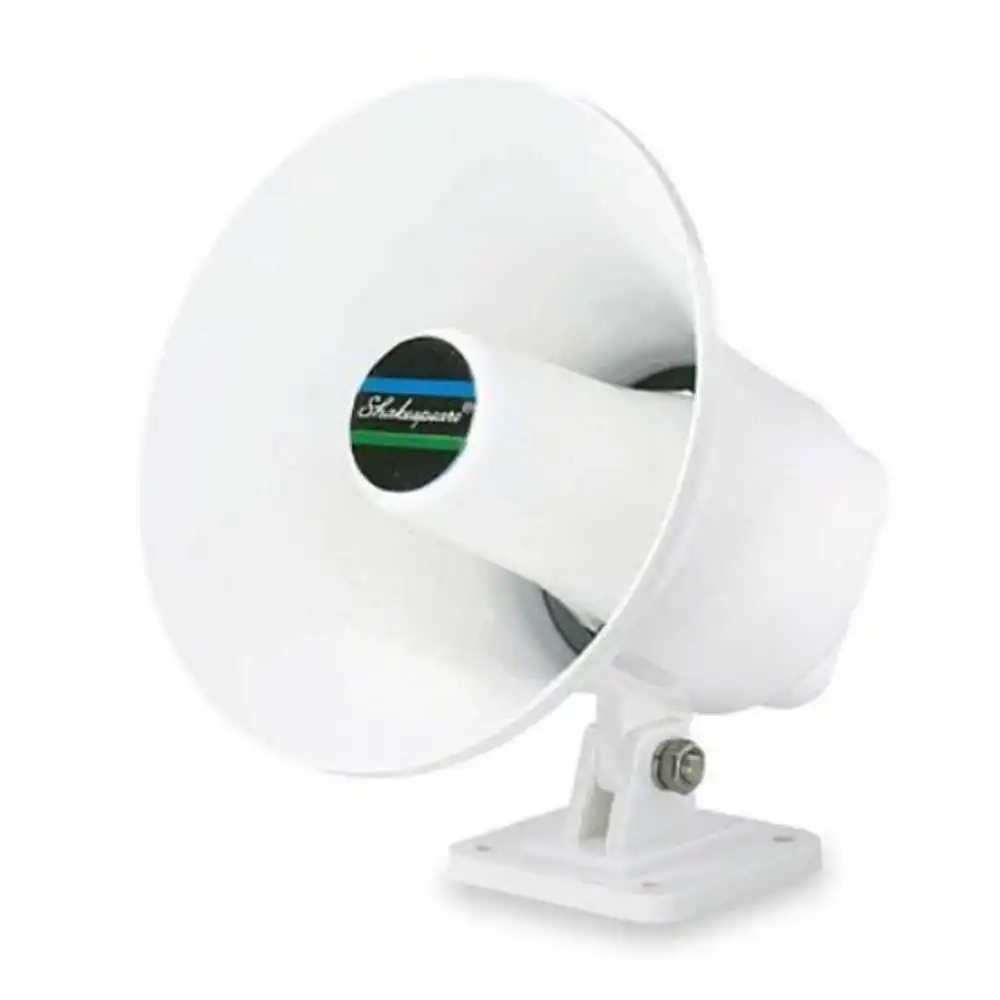
4. Using Sound Signals for Communication
When visibility can be severely limited due to darkness, sound signals become a vital means of conveying information, avoiding collisions, and communicating emergencies. Equipment, such as loud hailers and marine VHF, are vital for communicating with other vessels and shore authorities.
When using loud hailers for communication, standardised signals are used to ensure universal understanding among seafarers. These signals alert other vessels to your presence, position, and intentions, thereby reducing collision risk when sailing at night. Different sequences of short and long blasts convey specific messages, such as altering course, slowing down, or indicating distress.
Additionally, your marine very high frequency (VHF) radio provides you with a reliable means of communication with other vessels and even port authorities. You can directly provide important information such as positions, intentions, and manoeuvring plans. Learn more about the importance of marine VHF when navigating at sea.
Get the Equipment You Need for Safe Evening Sailing at Tecomart
Whether you’re sailing for commercial or recreational purposes, sailing at night comes with responsibilities. Therefore, if you’re searching for the right equipment for it, browse through Tecomart’s extensive selection of marine equipment. We have marine navigation and communication equipment from trusted brands to ensure your safety as you manoeuvre through dim waters.
For more advice on how to navigate your ship through difficult conditions, check out our tips on what to do when encountering rough seas and how to handle emergencies at sea.











